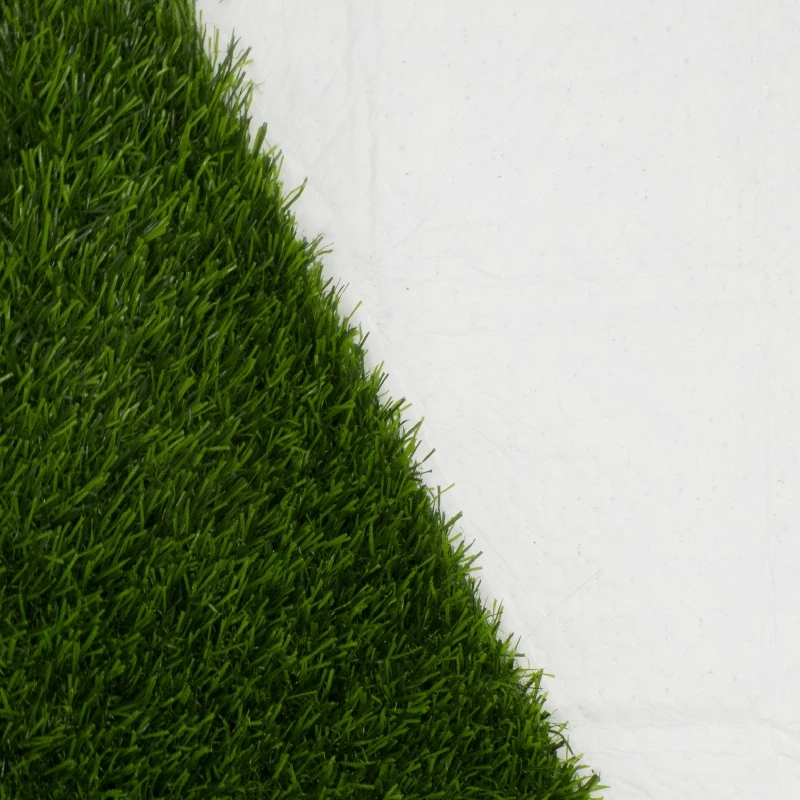
- Afrikaans
- Arabic
- Belarusian
- Bengali
- Czech
- Danish
- Dutch
- English
- Esperanto
- Estonian
- Finnish
- French
- German
- Greek
- Hindi
- Hungarian
- Icelandic
- Indonesian
- irish
- Italian
- Japanese
- kazakh
- Rwandese
- Korean
- Kyrgyz
- Lao
- Latin
- Latvian
- Malay
- Mongolian
- Myanmar
- Norwegian
- Persian
- Polish
- Portuguese
- Romanian
- Russian
- Serbian
- Spanish
- Swedish
- Tagalog
- Tajik
- Thai
- Turkish
- Turkmen
- Ukrainian
- Urdu
- Uighur
- Uzbek
- Vietnamese
Installing Artificial Grass Over Paving Slabs for a Beautiful Outdoor Space
Nov . 11, 2024 05:40 Back to list
Laying Artificial Grass on Paving Slabs A Comprehensive Guide
Artificial grass is an increasingly popular choice for homeowners and property managers looking to enhance outdoor spaces. Its lush appearance and low maintenance requirements make it an attractive alternative to natural grass, particularly in urban environments or areas where maintaining a traditional lawn is challenging. Laying artificial grass over paving slabs can be a straightforward process if done correctly. This article outlines the steps and considerations for successfully installing artificial grass on paving slabs.
Step 1 Planning and Preparation
Before diving into the installation, thorough planning and preparation are essential. Identify the area where the artificial grass will be installed and evaluate the condition of the existing paving slabs. Ensure that the slabs are in good condition, free from cracks, and securely laid. If there are any uneven surfaces, consider using a self-leveling compound to create a smooth base.
Step 2 Gathering Materials
You'll need several materials and tools for the installation
- Artificial grass (make sure to choose a suitable type for your needs) - Weed barrier fabric - Artificial grass adhesive or double-sided tape - Outdoor power brush (for brushing the grass) - Utility knife - Measuring tape - Straight edge - Sand or rubber infill (if required) - Safety gear (gloves, goggles)
Step 3 Cleaning the Area
Before you begin laying the artificial grass, clean the paved area thoroughly. Remove any debris, dirt, or organic matter, as this will help ensure proper adhesion and prevent weed growth. If there are loose stones or grime, sweep them away and wash the surface with water if necessary. Allow it to dry completely.
Step 4 Laying Weed Barrier Fabric
To inhibit weed growth and maintain the longevity of your artificial grass, lay down a weed barrier fabric over the prepared area. This fabric should be laid smoothly, overlapping each piece by at least 15 cm (6 inches) to prevent weeds from breaking through the seams. Secure the fabric in place with landscaping staples around the edges.
Step 5 Measuring and Cutting the Grass
laying artificial grass on paving slabs

Measure the area meticulously before cutting the artificial grass. It’s essential to lay out the grass, keeping in mind the direction of the blades to ensure a natural look. Use a utility knife to cut the grass to fit the designated area. Make sure to cut the grass neatly, with straight edges that fit tightly against one another, particularly at the seams.
Step 6 Installing the Grass
Once your pieces are cut to size, position them on top of the weed barrier fabric. Make sure the grass fibers point in the same direction for a more natural appearance. The next step is to secure the pieces together. Use artificial grass adhesive or double-sided tape to bond the seams, ensuring they’re firmly in place.
Step 7 Securing the Edges
To prevent the artificial grass from lifting or shifting, secure the edges using adhesive or by tucking them under the paving slabs if possible. If the grass extends beyond the edges of the slabs, trim the excess carefully, ensuring a clean and professional finish.
Step 8 Adding Infill (If Required)
Depending on the specific type of artificial grass you've chosen, adding infill may be necessary. This could be sand or rubber crumb, which provides stability, helps the grass blades stand upright, and enhances the overall look and feel. Spread the infill evenly using a broom, ensuring it settles into the base of the grass fibers.
Step 9 Maintenance and Care
One of the significant advantages of artificial grass is its low maintenance nature. Regularly brushing the grass to keep it looking fresh, removing any debris, and rinsing it occasionally with water will help maintain its appearance. Check for any signs of wear or damage and address them promptly.
Conclusion
Laying artificial grass over paving slabs can transform an outdoor space, providing a lush, green area that requires minimal maintenance. By following these steps and taking the time to prepare properly, you can achieve a beautiful and functional result that enhances the aesthetic of your property. Whether it’s for a garden, patio, or recreational area, artificial grass can offer a versatile solution for modern landscaping needs.
-
The Benefits of Artificial Turf for Indoors
NewsJul.15,2025
-
How Artificial Grass Suppliers Ensure Quality Products
NewsJul.15,2025
-
Artificial Grass and Pets: A Space for Relaxation
NewsJul.08,2025
-
Balcony & Outdoor Decoration with Artificial Grass
NewsJul.08,2025
-
Best Indoor Artificial Grass for Home
NewsJul.07,2025
-
Best Pet Turf for Dogs: Safe & Durable Artificial Grass Options
NewsJul.07,2025
Products categories









